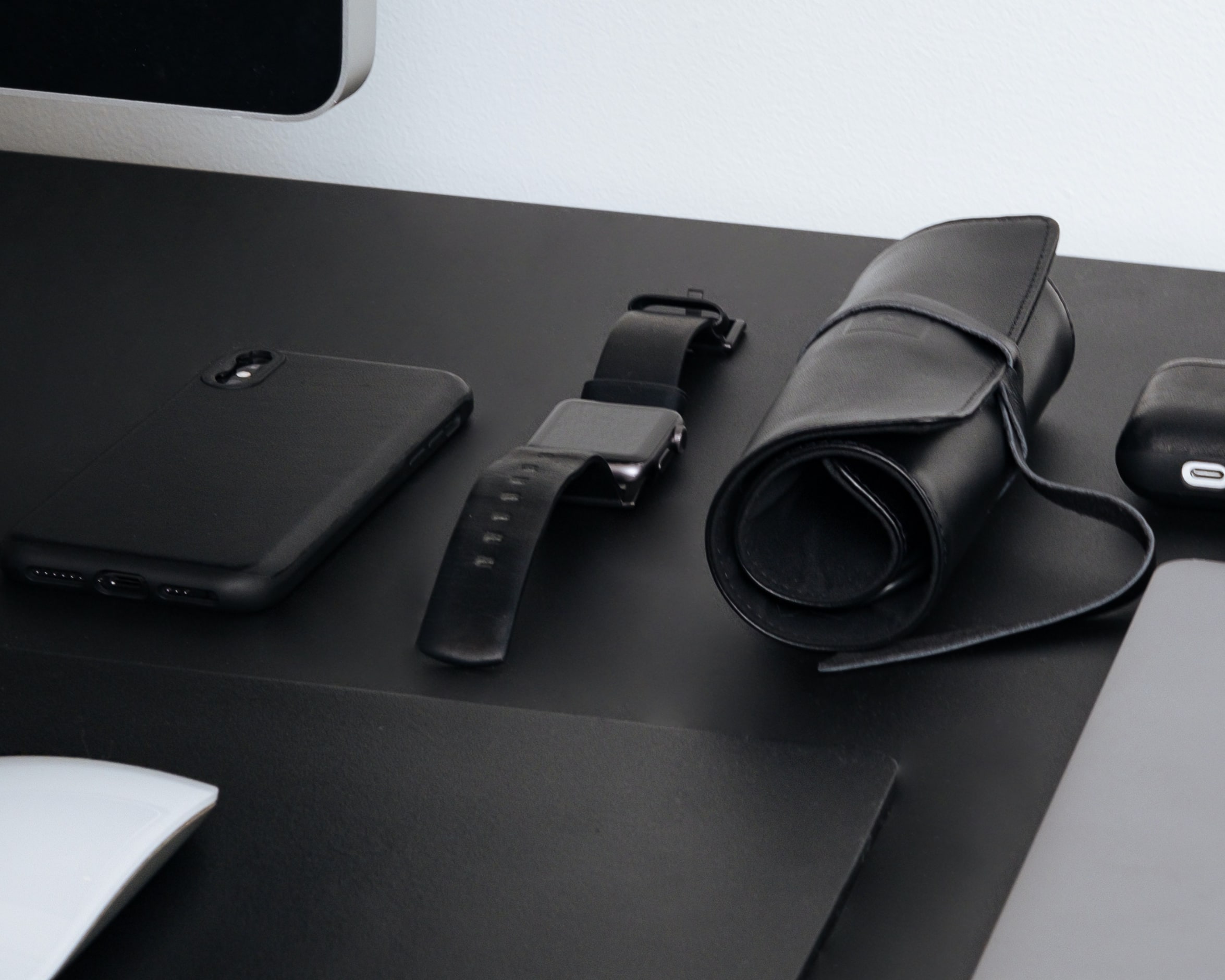The latest premium lifestyle gadgets
Dell Latitude 7330
The hallmarks of Dell’s business-focused Latitude range are a more conservative approach to design, features and specifications. The upside is that you end up with a much more reliable machine that will usually outlast more flashy models, handling the rough and tumble of the mobile work style with ease and looking darn good doing it. The stylish, all-aluminium Latitude 7330 is close to the top of the range, and sports the latest i7 processor complemented by a massive 32 GB of RAM and a full 1 TB of fast SSD storage. This puts it on par with most serious gaming laptops, but you won’t be gaming on this machine, obviously. Instead the Latitude range is optimised for serious business users so it’s set up for peak security, long battery life, high reliability and worldwide tech support – all traits the business executive values most.
It conforms to Intel’s very latest Evo specification for peak performance with power economy and comes with some neat extras such as software security features, which make the machine almost unhackable, and settings to thwart anyone screen watching over your shoulder. It still has legacy ports such as good old USB-A and HDMI for plugging in monitors and projectors, but that’s matched by two USB-C ports too. Our test model was the 2-in-1 convertible with a sharp 13.3” touchscreen covered in toughened Gorilla Glass 6. The screen folds flat, as expected and does the usual screen gymnastics, allowing you to use the PC as a tablet. A nod to the new work style means there’s a full-HD camera supported by two noise-reducing mics. Unfortunately, the kill switch for the webcam is poorly placed in the notch used to open the laptop, where you are more likely to accidentally reactivate the cam.You’re paying handsomely for all these refinements, of course, but if you’re the dealmaker, you’re likely well worth it. Otherwise there’s very little to fault this supremo workhorse laptop.
13.3” touchscreen, i7 (12th gen), 32 GB RAM, Iris Xe, 1 TB storage, 2× USB-C, 1× USB-A, HDMI 2.0, 4G SIM slot, 307 × 200 × 16 mm, 1.36 kg, R40 000
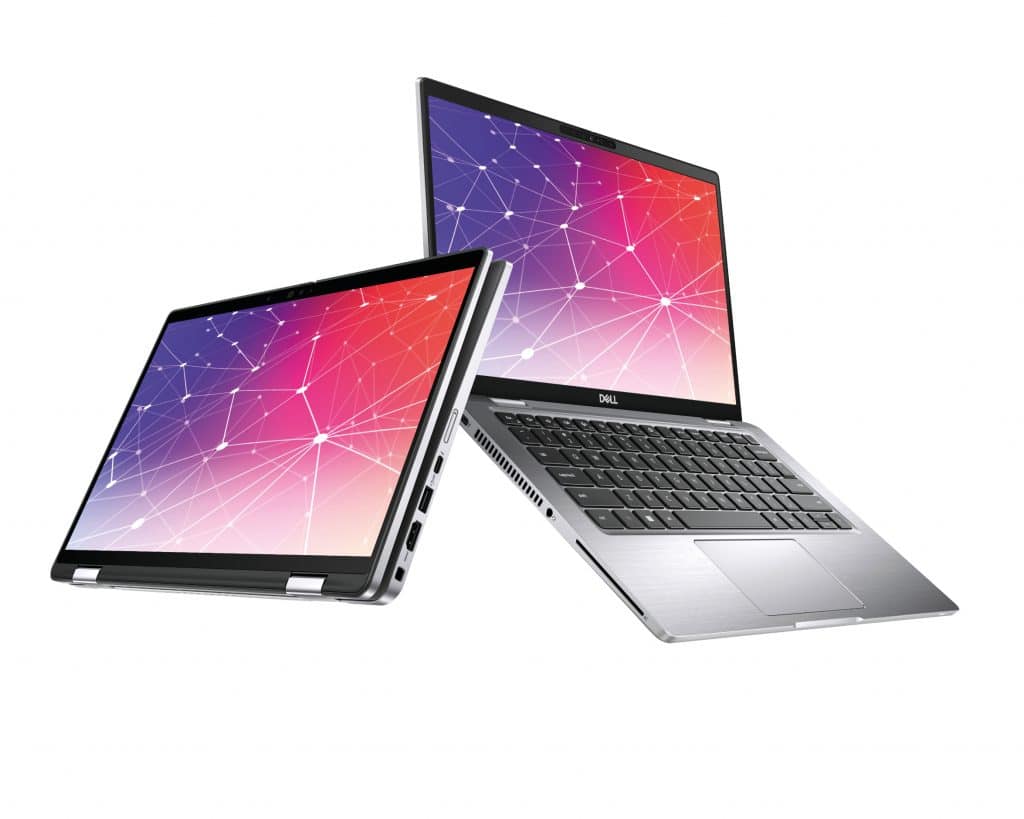
Nokia XR20
One of the best handsets for butterfingers and phone abusers, the Nokia XR20 claims to be nearly indestructible. Certainly, it easily shrugged off our drop tests and our prolonged water submersions, and came up smiling. Naturally it’s water- and dust-proofed to the highest industry standard, which is IP68, but it also conforms to the tough MIL-STD-810H military standard for extreme temperatures, drops onto hard surfaces and sustained vibrations, for example.In hand it feels slightly more streamlined than a phone in a serious protective cover. That’s because it’s a sturdy aluminium frame set in tough plastic bumpers all round, with a hard-wearing, textured plastic back cover.
It feels far more pleasant to hold than any rugged phone cover we’ve used because the phone and its protection feel properly integrated, without extra millimetres added to every side of the device. It is still chunky, though, and on the heavier side at 248 g. The large 6.67” screen is covered with the toughest Corning Gorilla Glass Invictus, which can still get scratched up, but is much harder to shatter on impact. We enjoyed the stereo speakers, the headphone jack, microSD storage and the side-mounted fingerprint sensors (although the positioning of the oversized Google Assistant on the opposite side was decidedly ill-conceived). But for the price of the XR20, you might feel a little short-changed by the average hardware including the decidedly mid-range Snapdragon 480 processor, and the merely adequate 48 MP camera (plus a 13 MP wide angle), and below par fast charging.
For some time Nokia’s messaging has been around extending its phones’ life-span by providing at least three years of Android upgrades, and that idea has now been extended to making the phone itself more durable too. It’s a tricky equation to balance in a marketplace where users are used to regular phone replacements bringing new and improved features. But for those involved in hard-wearing, industrial environments and for the klutzes who are condemned to living for months with water damage and broken screens, the rugged XR20 might be a worthwhile investment. The rest of us will just invest in a decent cover.
6.67” display, 6 GB RAM, 8 MP / 48 MP + 13 MP wide cameras, 128 GB, IP68 dust/water-resistant, 18 W fast charge, 248 g, R11 000
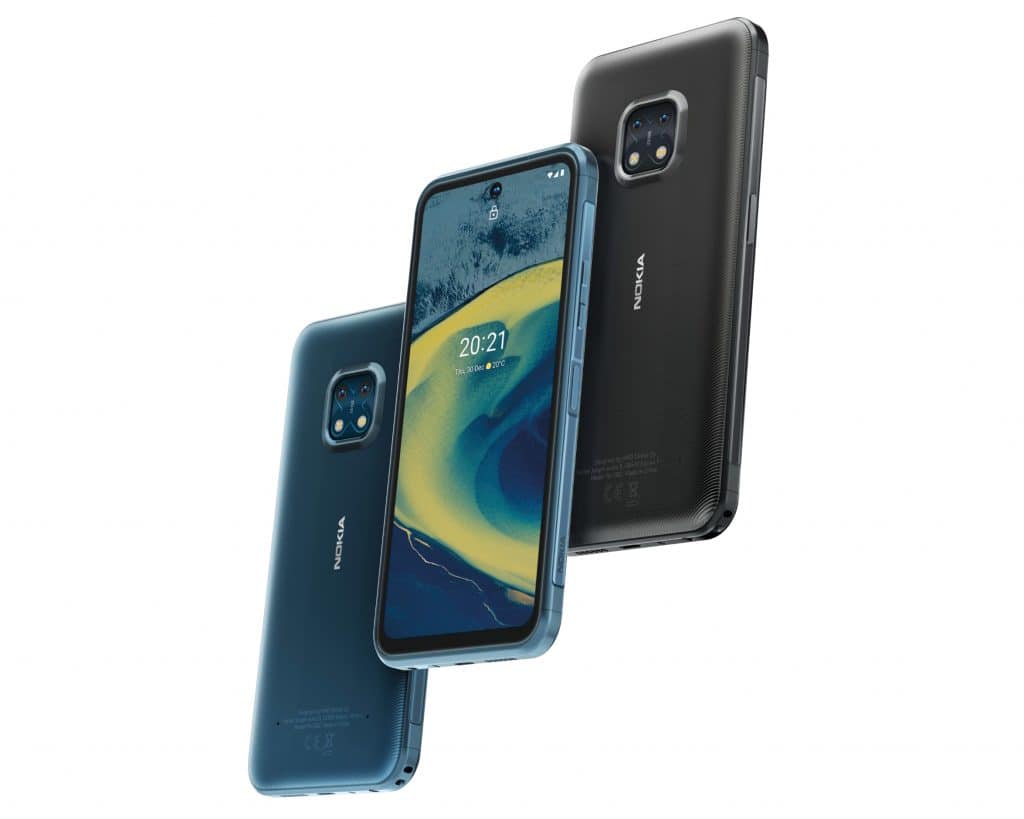
WD Passport Go
WD has made it both trendy and practical to pack full-sized solid state drives into lightweight, pocketable shapes. The Passport Go weighs just 50 grams but it stores up to 1 TB of data in about a space little bigger than a bank card, but surrounds it in a rubberised border that absorbs rough treatment and drops of up to two metres while keeping your precious data safe from harm. And the USB cable is permanently attached and folds up into its own storage compartment on the casing, so there’s nothing to lose or leave behind. It uses a traditional USB-A plug but transfers data impressively quickly at speeds close to USB-C, and it’s compatible with older PCs and Macs too.
500 GB, 95 × 67 × 10 mm, 55 g, R 1 700
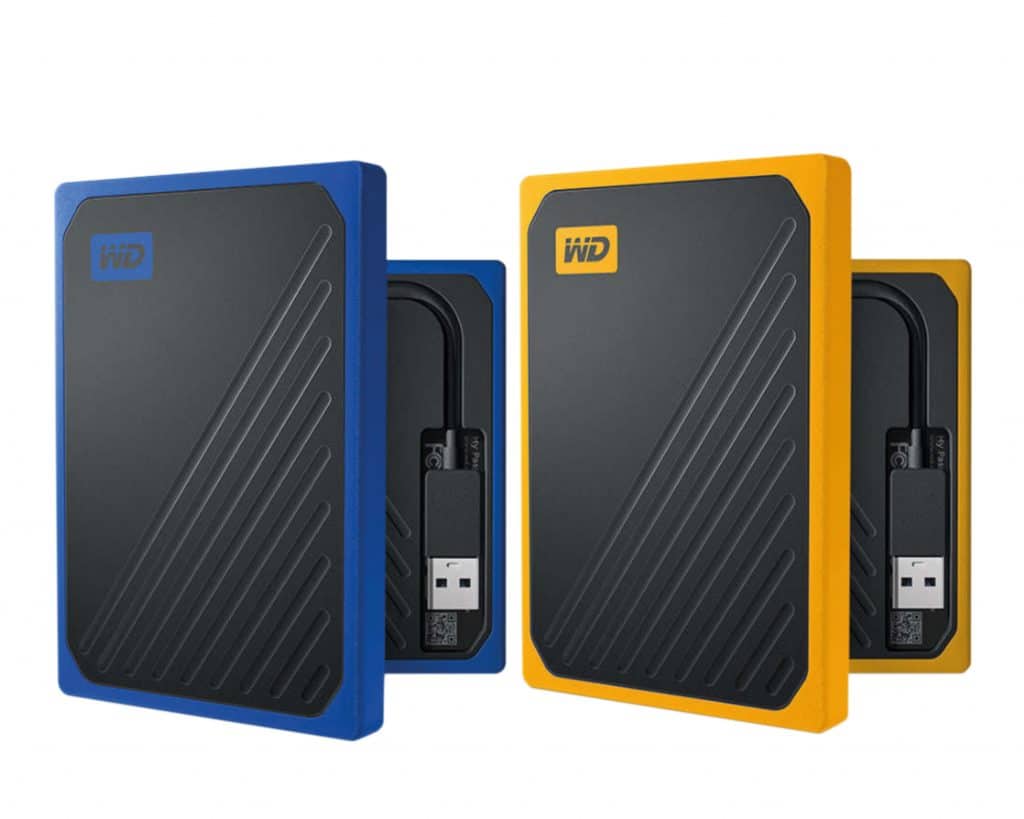
Dell 5570 Precision Workstation
The term ‘workstation’ denotes PCs that are used for manipulating large amounts of data, usually with professional-grade graphics output. Workstations are used for architectural, technical and artistic drawing, which are often rendered as 3D models, or even as animations. Unsurprisingly, workstations have very serious graphics processing onboard, which usually exceeds that of gaming PCs because the results have to be mathematically precise, and you pay a good bit extra for that. Fully loaded mobile workstations such as the Dell 5570 Precision allow technical professionals to work in the field, at a client, or on the road.
Build quality on the 5570 Precision is excellent as you would expect of a high-end professional machine. Despite the raw power under the hood, courtesy of the latest i7 (12th gen) processor, the machine is still remarkably compact with a very slim profile of less than 1 cm thick. Inevitably, with a low-profile design you lose your legacy ports like traditional USB ports and HDMI Out, in favour of USB-C. This model offers three USB-C ports (two with Thunderbolt capable), which includes multiple monitor support. The optional docking station adds back three USB-A ports and HDMI Out for working in comfort at your desk. Inevitably the ultra-high definition (4K) 15” screen is gorgeous, but we feel it will prove too small for intensive graphic work where tools quickly clutter the screen, even though this is an obvious trade-off against portability.
More concerning is the lack of a number pad on the keyboard deck. This is used extensively for calculations and applying effects. But the 5570 Precision can’t be faulted for its technical rendering chops. We installed a number of industry-standard tools, and set it to render a high-polygon landscape visualisation. We were not disappointed. The professional grade Nvidia RTX A2000, with 8 GB VRAM, rendered our scene with barely a whisper from the system fans. This machine displays none of the high-revving fan noise that we associate with gaming and runs almost silently, even under heavy load. The 5570 Precision is truly a beast in terms of raw processing power, and would work a treat for manipulating big files in client meetings for example, but the lack of legacy ports does bother us since data storage, drawing tools and other peripherals are pretty standard USB devices in the creative work environment.
15” 4K screen, i7 (12th gen), Nvidia RTX A2000 8 GB, 16 GB RAM, 512 GB storage, 3× USB-C (2× Thunderbolt), 4-way speakers, 344 × 230 × 9 mm, 2.1 kg, R46 000
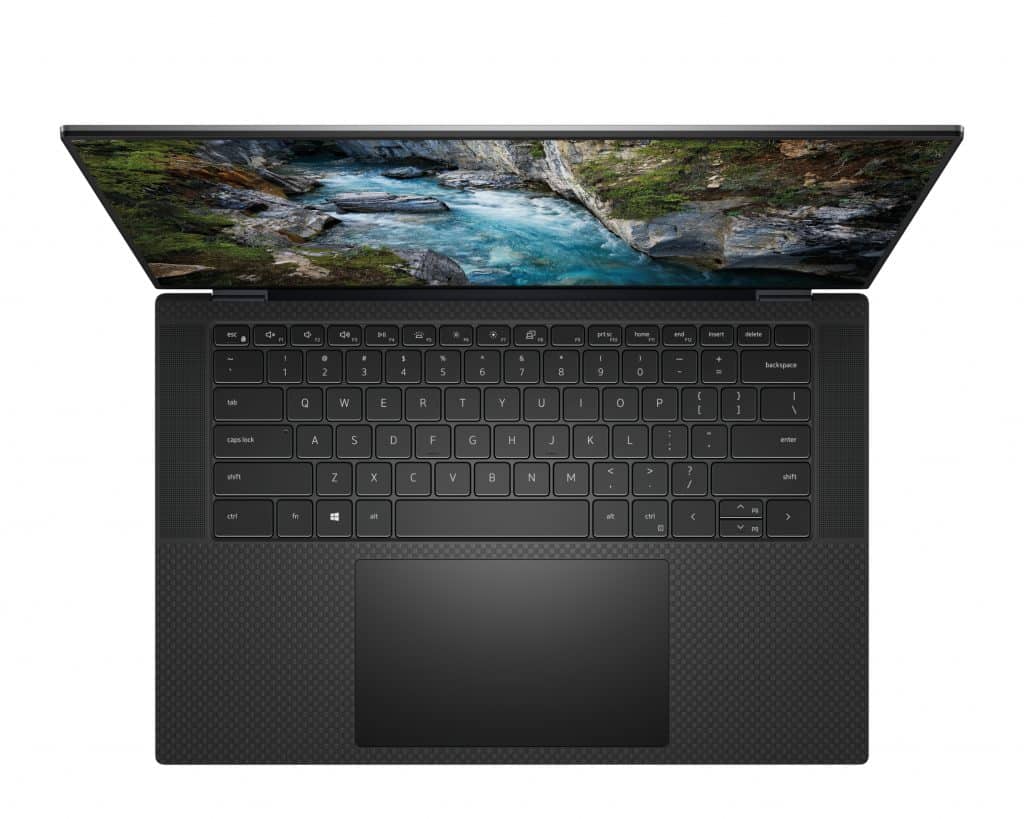
Photography: Courtesy Images

